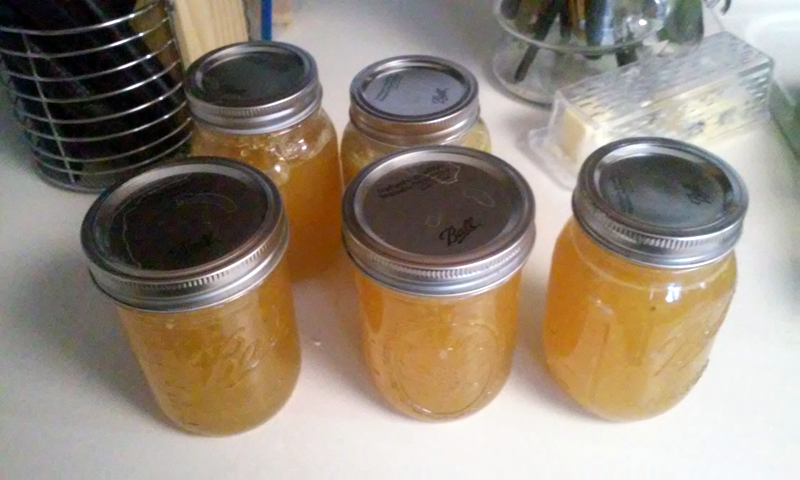My Salisbury Steak Recipe

Okay, so I usually don’t post regular old recipes but this one went over really well. When my wife can’t stop eating it, I know it’s good lol. Anyway, this is my recipe. This was all an experiment today.
Ingredients:
- 1 large onion (chopped)
- 1-2 large green peppers
- 1.5 – 2.0 lbs hamburger
- 1/2 teaspoon black pepper
- 1 teaspoon salt
- 2 eggs
- 2 tablespoons Worcestershire sauce
- 1/2 cup water
- 1 cup bread crumbs
- 2 packets of french onion soup mix
- 3 cups beef gravy (I just edit the canned stuff from Krogers)
- 1/2 cup ketchup
- 1 tablespoon mustard
Steps:
- Chop your green peppers and large onions and then place them in a large bowl.
- Mix the bread crumbs, hamburger, french onion soup mix, salt and pepper together.
- Place the mixture in the fridge and let it sit for an hour or two. You don’t have to do this, but the flavors will blend better into the meal if you give it this time.
- When you are ready to continue, set your oven to 350 degrees F.
- Crack the two eggs and add them to the meat mixture.
- Start creating meat patties and place them in an oven safe pan.
- Once all the patties are made, place the ketchup, mustard, water, Worcestershire sauce and gravy into a bowl and mix it together. Make more of this gravy if you want it to have more in the meal, or if you want to place some on the side when dinner is done.
- Take this new gravy mixture and pour it over the meal in the pan. Coat all of the patties as much as possible.
- Place the pan in the oven and cook for about 45 minutes. Dinner is done.
- I did make home made mashed potatoes with this meal as it just seemed to make the best sense.


